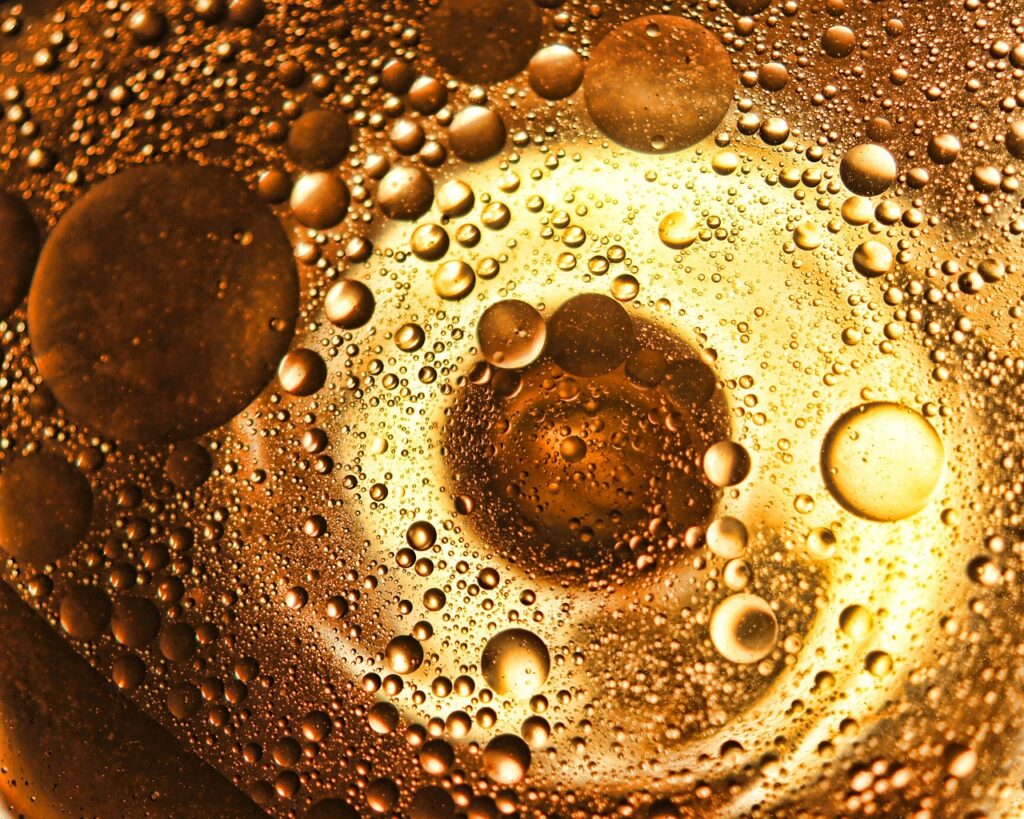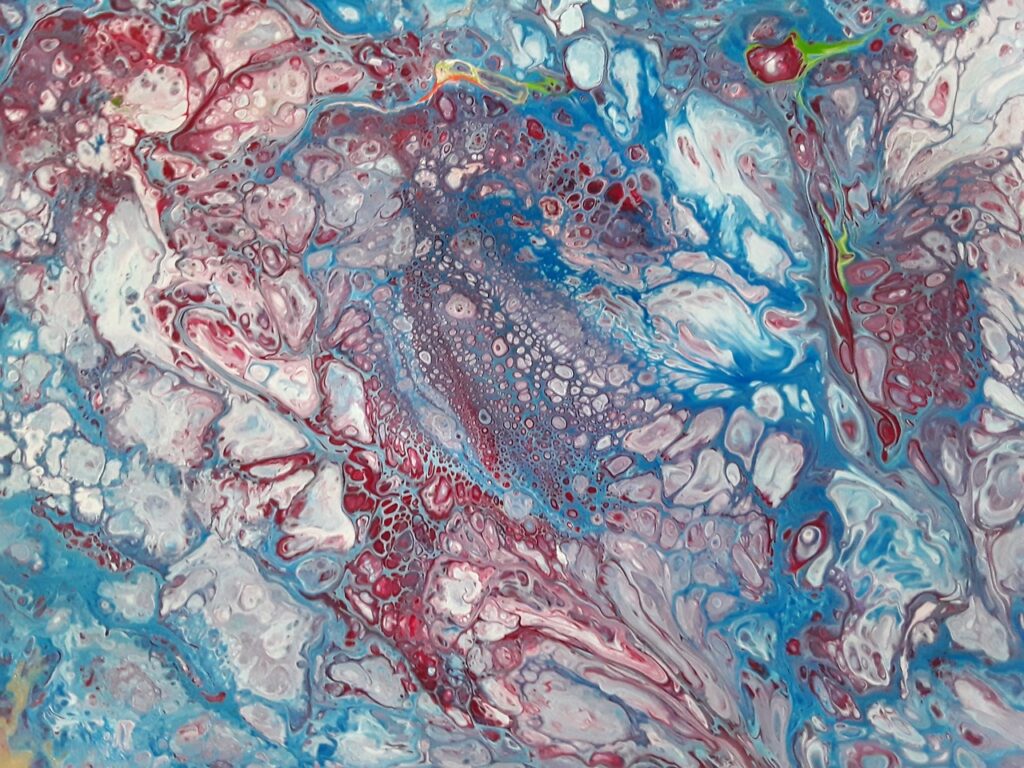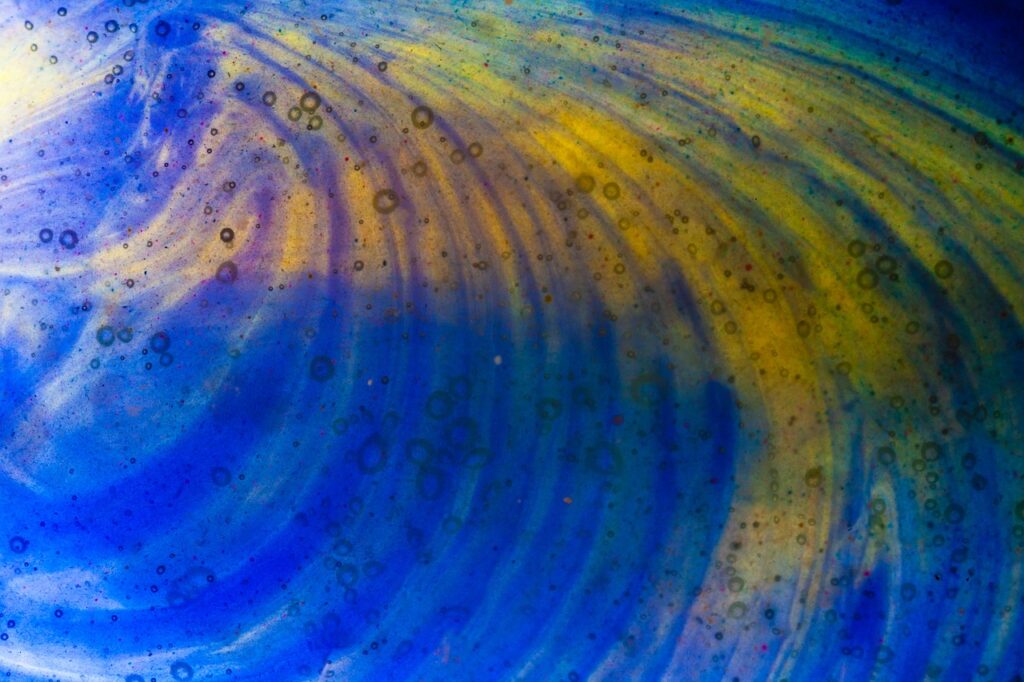The lymphatic system is a sewage system that plays a major role in the elimination of metabolic waste. Lymphatic drainage stimulates lymphatic-venous circulation and facilitates the oxygenation of cells. Lymphology is a specialty that we hear too little about. The pharmaceutical industry has little interest in it and it is hardly mentioned in medical and paramedical studies. However, a better knowledge of this system is crucial for our health. Patients are the first to suffer from ignorance around this topic: lack of prevention, late diagnosis, poorly applied treatments and a feeling of abandonment are quite common.


Diving into the lymph
The lymphatic system is composed of lymph nodes and lymphatic vessels. The latter are equipped with peristaltically moving valves that make the circulation unidirectional and collect interstitial liquid charged with metabolic waste. They are animated by autonomous contractions. Lymphatic circulation is from portion to portion; the lymph passes through the lymph node chains that filter and regulate lymphatic flow. The portion between 2 valves is a lymphangion, a functional unit of the lymphatic system. Its function is to carry metabolic waste products from the cells to the outside. If this system is fluid and does not stagnate, the oedemas will resolve naturally. The waste products are eliminated by different routes: urine, exhalation, skin, kidney filtration and intestinal tract. Each time the diaphragm moves up and down, creating a kind of massage through breathing, it gives impulsion for the lymph to be propelled.
All about pressure and direction
How to recognize a quality lymphatic drainage when it’s beeing given? It starts in the retroclavicular area. It is essential to work on freeing the adhesions (the lesions formed after surgery) before treating the oedema. As long as tissue sticks together, the journey remains interrupted. Then the back, shoulder and armpit cavity are being drained. Then we drain from the upper arm to the hand, directing the pressure towards the armpit. Then we go up from the hand towards the armpit, the shoulder, the back, the thorax, always directing the pressure towards the armpit. It is important to know in which direction to drain: what matters in a drainage is the intensity of the pressure and the direction, inwards and upwards. A pneumatic massage technique using a boot or a sleeve divided into several parts is additionally available: this is called sequential pressure therapy. This will act as a facilitator for manual drainage. Other means are compression bandages and clothing.
Swollenness means a necessity to drain
Very often, the medical field does not understand the root cause of symptoms: the main manifestation of a pathology of the lymphatic system is oedema, which is an abnormal quantity of liquid in the tissues. These oedemas can have multiple origins: congenital, parasitic, infectious, associated with venous insufficiency (heavy legs, cellulite, varicose veins), post-traumatic, post-operative (removal of lymph nodes), secondary to anti-cancer radiotherapy, etc. The treatment of oedema must be started as early as possible, otherwise the oedema may become organised and fibrous (hardened): it then becomes increasingly difficult to treat. After an operation, we can do faschia exercices at home or practice a soft yoga in order to avoid tissue fibrosis, the appearance of oedema and to allow functional recovery. The medical system tends to think that the lymphatic pathways empty themselves into the bloodstream at the level of our clavicles. However, this is an inverted understanding of the reality of how the human body works. The 2 systems are independent and the lymphatic waste is brought to the kidneys which have very often lost their ability to filter the residues out. As every good filter, they need to be themselves cleaned before they can filter once more.


Interruption of the lymph trajectory
When the integrity of the lymphatic circuit has not been interrupted and the path is still functional, a drainage treatment can give very fast results. When there are no more passageways and too many lymph nodes have been removed, treatment is much more difficult. Keeping as many lymph nodes as possible in case of surgery is of prime importance. Over time, the medical community has become aware of the magnitude of the problem and surgeries are increasingly conservative compared to what was being done in the 1950s. Today, post-operative oedemas are rarer in numbers.
Images as proofs
In some cases, a lymphoscintigraphy will be used to visualize the lymphatic pathways and to detect an obstacle, or even a leak, by studying the flow in the lower and upper part of the body. A specific product (nano-colloids) is injected intradermally into the foot or hand allowing to follow its migration in the lymphatic vessels and its transit time between the injection point and the first lymph node. The examination is completed by images taken 30 minutes and 5 hours after the injection and thus makes it possible to accurately determine the extent of the lymphatic pathology. However, it seems advisable to ask ourselves questions and find out what is injected inside the body during such an operation. One can observe the health of their lymphatic system by observing any tendency to swelling and puffiness on the face or the legs. The solution is always the same, cellular detoxification is needed layer after layer, to clean the acids out (see the health and regeneration section for an appropriate diet specie and methods of fasting).
Getting our lymph moving again, daily
- A diet rich in raw fruits and vegetables (a mucus-free and mucus-lean way of eating coupled with liquid and dry fasting periods);
- working with herbs that support the lymphatic system and the kidneys;
- lymphatic drainage by a competent person who has a thorough knowledge of the lymphatic pathways and functions;
- sequential pressotherapy;
- wearing compression clothing during flights;
- dry brushing: using a dry brush, brushing the body following the lymphatic pathways;
- investing in a medical trampoline (Bellicon or more afforable rubber type trampoline);
- investing in a chi-machine, starting from about a hundred euros, it helps for things to recirculate;
- negative ion foot bath;
- the tension muscle release electrical “gun”.





